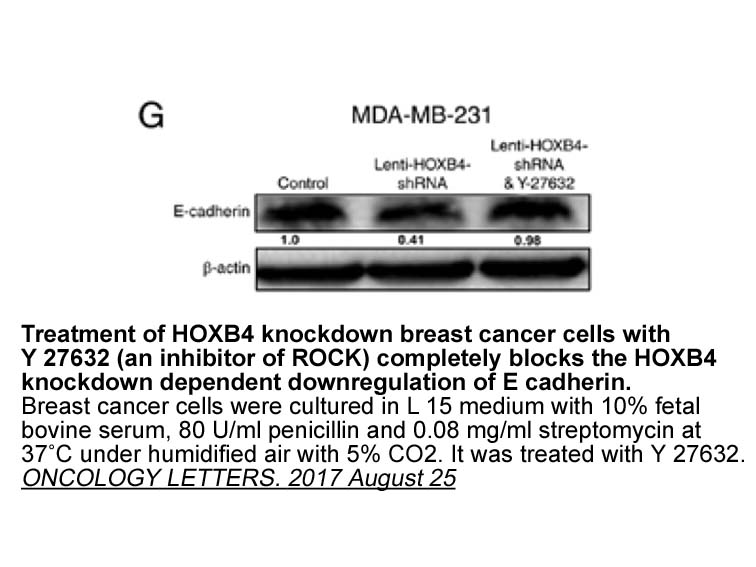Archives
Patient characteristics are presented in Serum
Patient characteristics are presented in . Serum oestradiol levels on the day of oocyte retrieval or warming were higher in group A (253.2 pg/ml) compared with group B (192.6 pg/ml), despite a significantly reduced number of days (mean 3.5 days) taking oestrogens without the addition of progesterone before egg donation (P < 0.001).
Cycle characteristics in both groups are presented in . Although the type of oocytes used in the two groups was significantly different (P < 0.05), the outcomes were similar in the two groups when analysed per randomized patient or per received intervention (). In the analysis of recipients who underwent embryo transfer, however, OPR was significantly higher in the antagonist group compared with the agonist group (57.8% versus 46.6%; P < 0.01). Similarly, OIR per embryo transferred (33.2% versus 25%; P < 0.05), mean implantation rates per patient (47.8% versus 38.8%; P < 0.05) and mean ongoing implantation rates per patient (41.7% versus 32.6%; P < 0.05) were also increased in the antagonist group, around 9% compared with the agonist group. On the contrary, no differences were observed when mean implantation rates and mean OIR analysis was conducted in intention to treat (ITT) analysis, and when analysing per treatment finally received.
Embryo stage at transfer was not an inclusion or exclusion criteria of this study. At the start of the study, about 25% of embryo transfers were carried out at the Leonurine hydrochloride receptor stage. Because of changes in embryo transfer policy during the study period, and increasing requests for blastocyst transfer from the couples, day-3 transfers were slightly displaced by blastocyst embryo transfers; therefore, the proportion of different types of embryo transfer differed between groups, reflecting the longitudinal nature of the study. This difference between groups was seen in the ITT analysis (blastocyst transfer in antagonist GnRH 32.% versus 22.8% in the agonist group) and in patients who underwent embryo transfer (blastocyst transfer was 40.5% in the antagonist GnRH group versus 26.1% in the agonist GnRH group; P < 0.05) (). Also, the proportion of cycles with no embryo transfer was significantly higher in group A (19.2% versus 12.7%; P = 0.035). The reasons for embryo transfer cancellation were arrested embryo development, bleeding or other important medical conditions that appeared during embryo culture, incorrrect administration of medication, fertilization failure and self cancellations. The biochemical pregnancy rate, OPR and imiplantation rate in both groups according to embryo stage at transfer are presented in Figure 4. Only mean OIR for blastocyst transfers was found to be significantly different between antagonist GnRh group (51.25%) compared with the agonist GnRH group (30.07%); P = 0.026.
Figure 3 and Table 4.
After adjusting for the above-mentioned variables, the odds ratio for OPR, computed per ITT, changed from OR 1.31 (95% CI 0.93 to 1.84) to adjusted OR 1.42 (0.97 to 2.09). Per treatment received, the adjustment modified the association from OR 1.35 (95% CI 0.95 to 1.90) to adjusted OR 1.43 (0.97 to 2.09). When these results were computed per embryo transfer, the OR was 1.56 (1.09 to 2.25), P = 0.01, whereas the OPR ad justed OR values were 1.47 (1.01 to 2.13), P = 0.047 (this latter approach included only patients who eventually underwent transfer). For the first adjusted OR, which is as per intention to treat analysis, Cox and Snell’s R-squared was only 0.124, whereas Nagelkerke’s R-squared was slightly higher (0.165), exactly the same as with the per received intervention analysis and both higher than those found per transfer: 0.040 Cox and Snell’s R-squared and 0.053 for Nagelkerke’s R-squared.
justed OR values were 1.47 (1.01 to 2.13), P = 0.047 (this latter approach included only patients who eventually underwent transfer). For the first adjusted OR, which is as per intention to treat analysis, Cox and Snell’s R-squared was only 0.124, whereas Nagelkerke’s R-squared was slightly higher (0.165), exactly the same as with the per received intervention analysis and both higher than those found per transfer: 0.040 Cox and Snell’s R-squared and 0.053 for Nagelkerke’s R-squared.
Discussion
In our previous 10-year review of the oocyte donation programme (7186 cycles to September 2005), we described an OPR per embryo transfer of 43.3% during 2004–2005, with a mean number of embryos transferred of 1.9 ± 0.8 (). In the present study, the mean number of embryos transferred was 1.6 and 1.7 in groups A and B, respectively, reflecting the general world trend to reduce the number of embryos transferred in order to reduce adverse pregnancy events. The OPR in the antagonists group was higher than that in the agonist group, with a difference of 11.3%, when cycles reaching embryo transfer only were analysed. This value is slightly lower than the 12% difference used for the sample size calculation. In the antagonist group, after adjusting for confounding factors, the odds of an ongoing pregnancy was increased as indicated by the significant odds ratio of 1.47. This finding needs to be confirmed in future studies searching fewer differences or using meta-analysis when available.